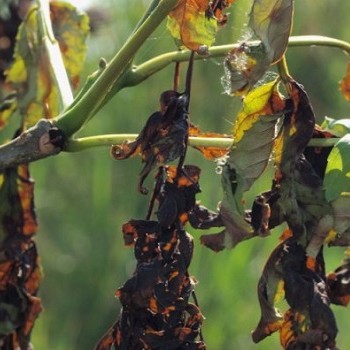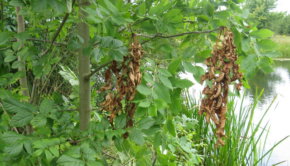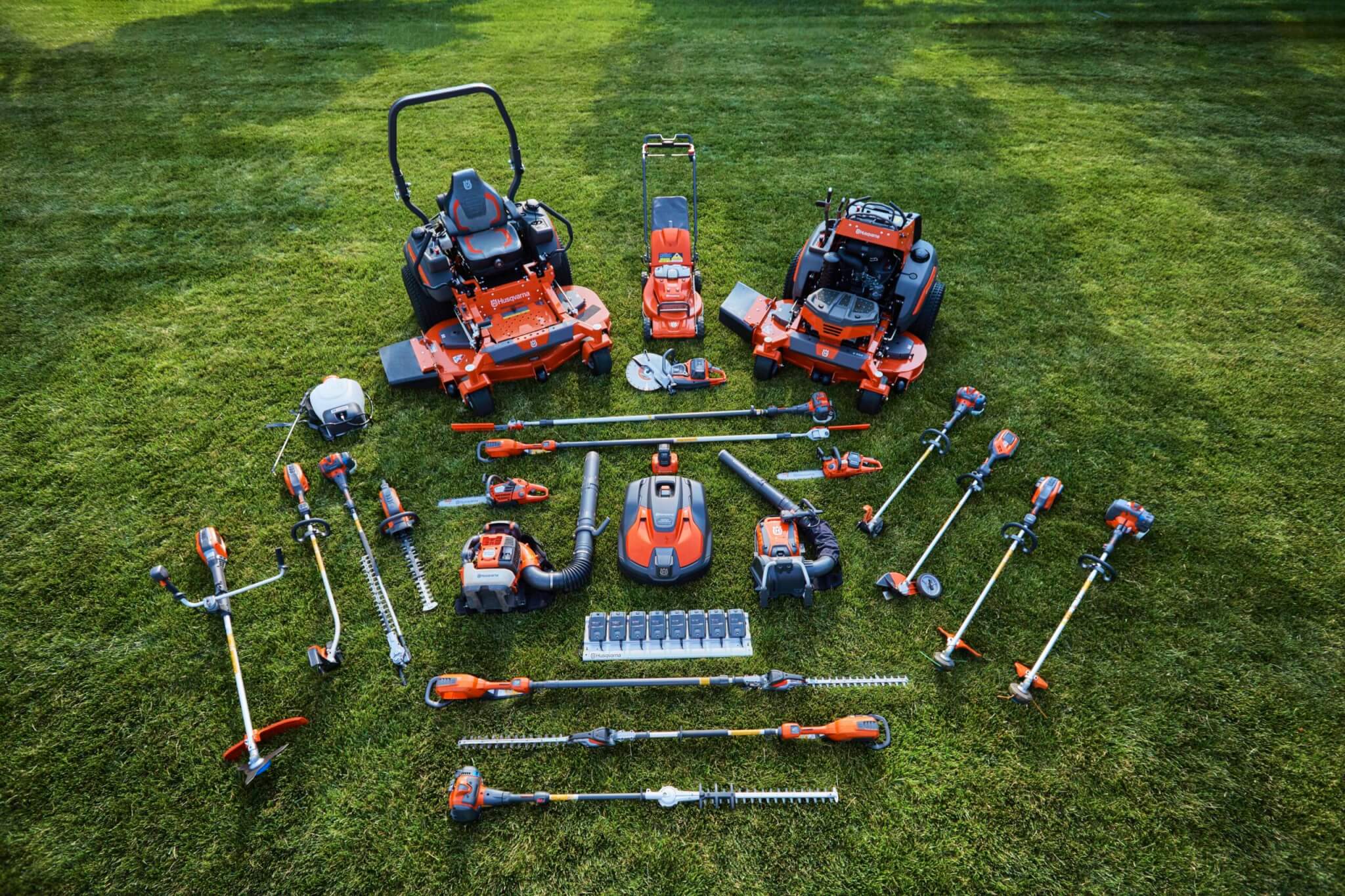Woodland Trust aim to combat impact of Ash Dieback

In light of damage caused by ash dieback in the UK The Woodland Trust has launched a new initiative to protect full sized trees in areas badly affected by tree disease.
5 August 2015
Studies by the Woodland Trust in the UK suggest the impact of ash dieback on 12 million trees outside of woods could prove disastrous both for wildlife and landscapes.
These finding have resulted in the charity launching a new initiative encouraging people to plant trees specifically in areas badly affected by the tree disease. The trust has announced that to combat the threat, it will be providing one thousand subsidised “disease recovery packs” containing “trees specifically to be planted in hedgerows, verges, along field edges and waterside in their wider landscape.”
Through a scheme run by the organisation which mapped 280 million trees across England and Wales, the Trust has been able to compare different scenarios when ash trees are lost within woodlands and in the wider countryside. The Trust says that initial indications suggest that “even minimal tree loss from hedgerows and field margins would have a huge impact” on the connectivity of the landscape.
The trees will be supplied as part of a £4.5m investment in native tree stock by the Trust, which ensures all the trees the charity provides are grown in the UK from fully traceable seed stock sourced throughout the UK and Ireland.
Austin Brady, Woodland Trust’s director of conservation, said: “Hedgerows cover tens of thousands of kilometers of the country, providing essential wildlife corridors which link our ever more fragmented habitats.”
Brady added “We want to ensure hedgerows remain connected and individual trees outside of woods remain in the landscape, which is why we need to work in collaboration with landowners across the UK.”



 Print
Print








Fans 0
Followers